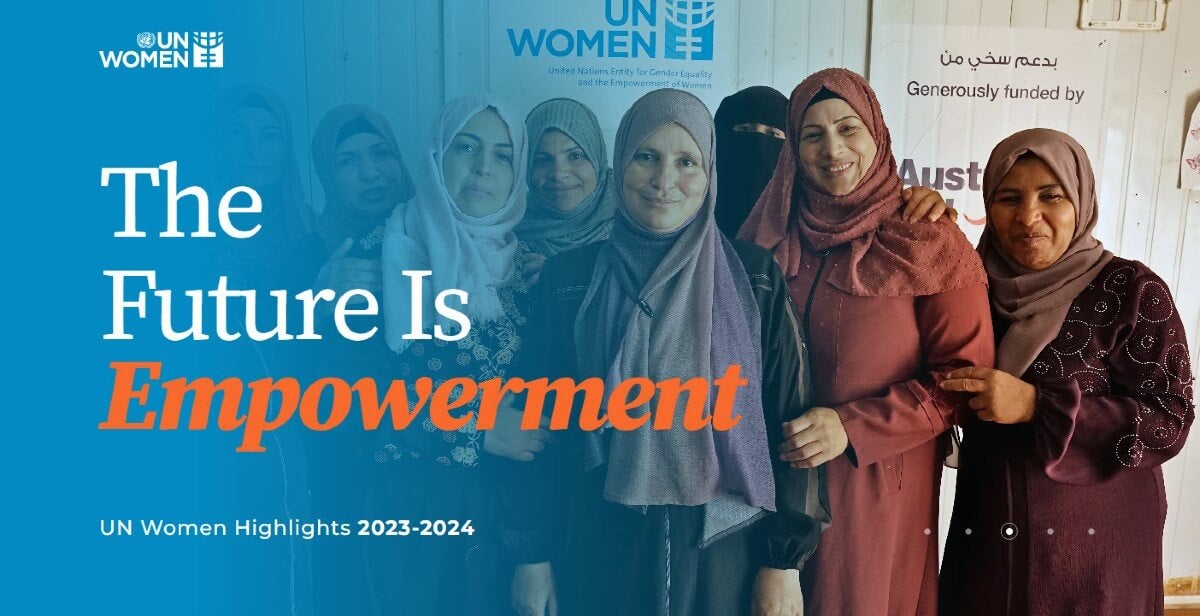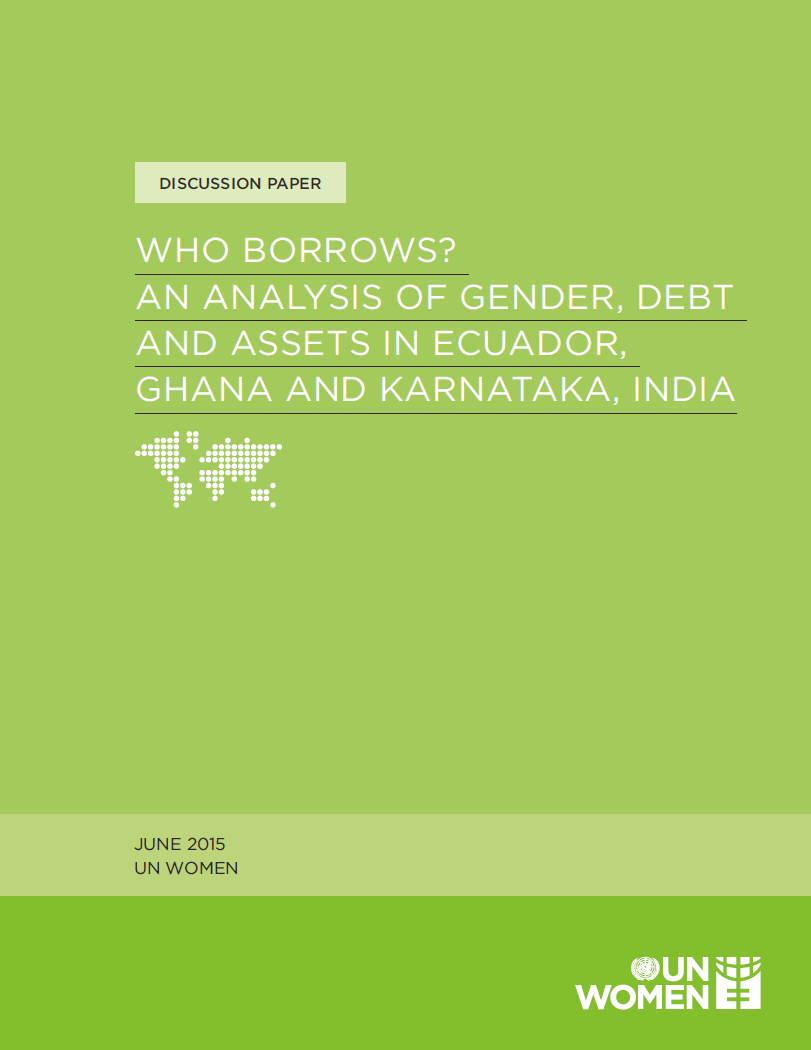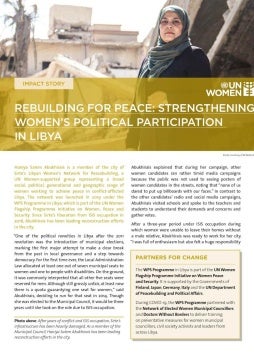Who borrows? An analysis of gender, debt and assets in Ecuador, Ghana and Karnataka, India
A substantial literature exists on household finance in developing countries, but less is known about the borrowing behaviour of men and women within households: how much they borrow and for what purpose (e.g., to invest in an asset or pay for an expense), where they borrow from, decisions about taking and using credit, and the correlates of individual debt and particular types of debt (e.g., asset debt).
This report addresses these questions in Ecuador, Ghana, and Karnataka, India. Examining individual men and women shows that more men than women hold debt in all three countries, a pattern that holds for asset and expense debt, except for Ghana, where slightly more women than men hold asset debt. In Ecuador, more individuals borrow from formal than informal sector sources, while in Ghana and Karnataka, informal sources dominate.
Another innovative feature of the analysis is information on who decided to borrow. In Ecuador and Ghana, loans for which a woman is responsible are more likely to have been decided upon by her alone than loans for which a man alone is responsible. However, in Karnataka there is more joint decision-making on loans taken out by individuals.
The study also investigates whether the correlates of having asset debt differ for women and men. The factors associated with women’s borrowing for assets in Ecuador and Ghana include being an asset owner, a member of a group, and self-employed, while for men, being in a wealthier household and being an asset owner are positively associated with asset borrowing. These results suggest that wealth may beget wealth.










